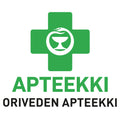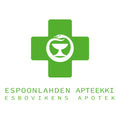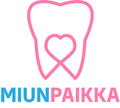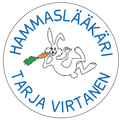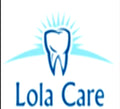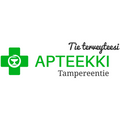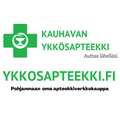Kaksoisvalo
Dual light provides a sustained antibacterial effect
Nikinmaa S, Meurman J, Sorsa T, Rantala J, Pätilä T
Daily administered dual light photodynamic therapy provides a sustained antibacterial effect in biofilm and prohibits Streptococcus mutans adaptation
Introduction
Antibacterial photodynamic therapy (aPDT) and antibacterial blue light (aBL) have been emerging as novel auxiliary treatment methods to mechanical debridement for periodontitis. Single wavelength light application with indocyanine green (ICG) photosensitizer has shown efficacy in several dental in-office-treatment protocols. In this study, we tested the Streptococcus mutans biofilm sensitivity to dual light aPDT, the combined simultaneous exposure of aPDT and aBL, and compared this to their separate application.
Materials and Methods
Biofilm was grown on the bottom of well plates by adding diluted Streptococcus mutans suspension with growth medium. Well plates were incubated at 36° C, at 5% CO2 atmosphere. Similar amount of light energy was applied at 810nm, at 405nm or their combination, together with ICG. Exposure was given once on a single-day biofilm, once after a 4-day biofilm maturation period of once-daily on a four-days biofilm. Biofilms were scraped, diluted into rations between 1:1 to 1:100 000 and plated. After re-incubation, colony-forming units (CFU) were counted and 3D biofilm imaging was performed.
Results
On a single-day biofilm, dual-light was significantly more efficient than aBL or aPDT, although all modalities were bactericidal. On a four-day maturated biofilm, single exposure of aPDT or dual-light aPDT was more efficient than aBL, resulting in a four logarithmic scale reduction in CFUs. Surprisingly, when the same amount of aPDT was given repeatedly, on a daily basis, on the four-day biofilm, a significantly improved bacterial viability was observed. Similar, but milder response was seen after repetitive aBL application. The viability improvement was abolished when dual-light aPDT was applied.
Conclusion
When aPDT is administered repeatedly to S. mutans-biofilm, a single wavelength-based aBL or aPDT leads to a significant biofilm adaptation and increased S. mutans viability. The combined use of aBL light in synchrony with aPDT as dual-light aPDT treatment blocks the adaptation and provides significantly greater antibacterial efficacy, with sustained effect.











